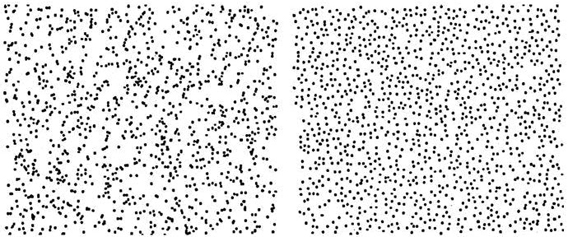http://teachingtechie.typepad.com/learning/2012/09/changing-all-those-ms-and-bslinear-practice-can-b-fun.html
Curriculum Tags: MPM1D, MFM2P
A really neat application of Pythagorean Theorem. What is the most efficient way to tie your shoes. Also a new blog that I hadn't seen before: e to the i pi (a nice nod to the Euler equation).
http://kevinbertman.edublogs.org/2011/06/27/shoelaces/
Curriculum Tags: Gr8G, MFM1P, MPM1D
Its a good data set, just not a good topic. Mother Jones Magazine did some research on mass shootings over the last 30 years. They have made all the data available in spreadsheet form ready to download. Easy to analyze in Fathom.
http://m.motherjones.com/politics/2012/12/mass-shootings-mother-jones-full-data
Curriculum Tags: MDM4U
Some recommendations for teachers of math to help stop student misconceptions. These would be particularly good for new teachers but worth looking at for all teachers. I like this one "Do not teach right-triangle trigonometry from inside the classroom!" Thanks to Joe Sisco for pointing this post out.
http://untilnextstop.blogspot.ca/2012/12/11-recommendations-to-middle-ish-grades.html
Curriculum Tags: All
According to a German study of over 3500 students, when it comes to improving in math, motivation (not necessarily ability) has the greatest positive effect. Read about it here:
http://www.scientificamerican.com/article.cfm?id=like-math-thank-your-moti
Curriculum Tags: All
 Some nice images showing things that appear random but aren't and vise versa. Which of the images to the right do you think are random?
Some nice images showing things that appear random but aren't and vise versa. Which of the images to the right do you think are random?http://www.empiricalzeal.com/2012/12/21/what-does-randomness-look-like/
Curriculum Tags: Gr7P, Gr8P, MBF3C, MDM4U






No comments:
Post a Comment